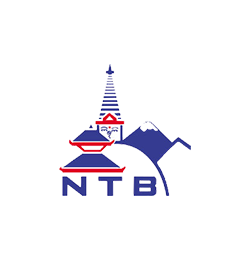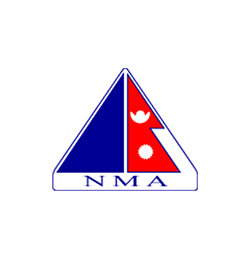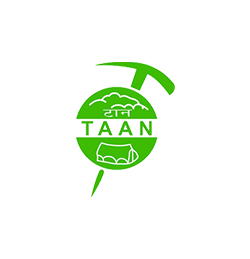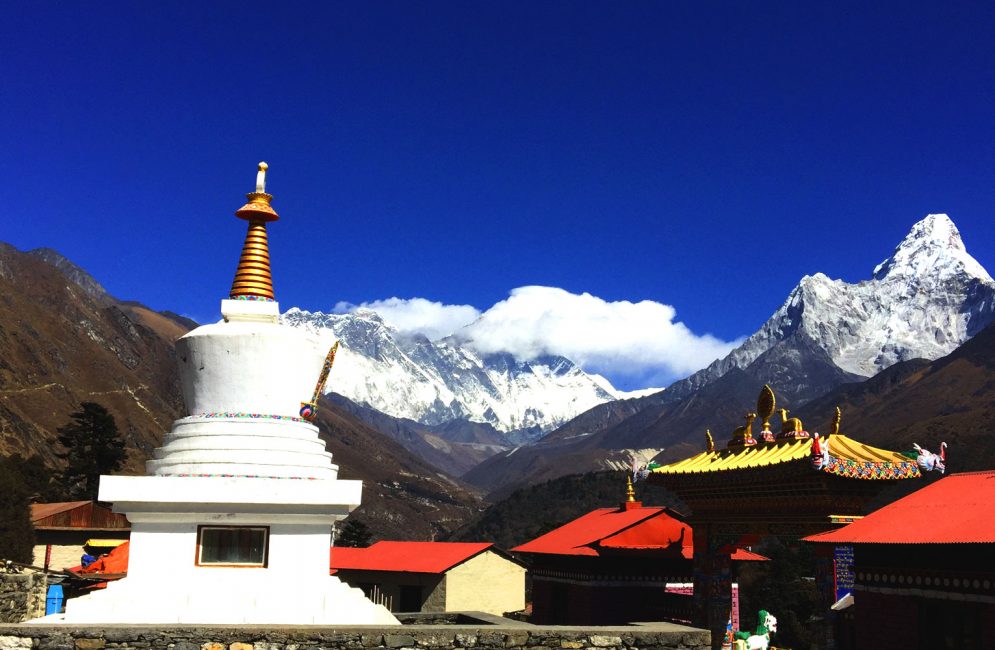
Introduction
Sherpa culture in Nepal Himalaya, an interesting tribe of Nepal practice strong Buddhism religion where the main population is found around high Himalaya of Mid East to Far Eastern Himalaya range of Everest Region, Makalu to Kanchenjunga and Rolwaling valley.
Sherpa came and settled around the high Nepal mountain range for the past 500 years of history with Tibetan origin and practice similar culture and heritage traditional life of Buddhism religion.
Sherpa in Tibetan language Sher for East and Pa means people, where Sherpa tribe originally lived in the Eastern part of Tibet and as well in Nepal around Eastern Himalaya range, a strong and cheerful people interwoven with strong Buddhist culture of ancient heritage and traditions.
Nearly all Sherpa communities traditionally been heavily based on trade and livestock herding and as well farming but due to international mountaineering expeditions since 1950 and arrival of foreign trekkers, the Sherpa economy today is becoming increasingly dependent on tourism.
Sherpa of various regions from Mid-East to Far Eastern Nepal follows the same cultures and traditions with few differences from the main Sherpa areas of Solu and Khumbu districts.
Sherpa Culture of Solu and Khumbu area within Everest Base Camp Trek follows strict Buddhism religion where animals are not hurt and killed for foods, being a Buddhist follower and with the teaching of Buddhism consume meats only killed by accidents, where Sherpa’s depends upon market days to buy meat product butchered and brought by other hill tribes.
That is why travelers around Sherpa villages hardly notice goats and sheep or chickens as the community only keeps cows, ox and yaks for milk and for other domestic means.
Every Sherpa villages have monastery big or small some of the monastery known as Gompa are of more than 500 years old, all monasteries enriched with colorful religious paintings a great work of arts known as Thanka, painted on walls and ceiling, as well wall hanging like a tapestry.
Besides Lord Sakyamuni, the main Buddha respects other famous Gurus and holy saints like Padmasamvaba also called Guru Rinpoche of 7th Centaury founder of Nyinpa (Red Hat) sects of Buddhism also worship Holy Dalai Lama.
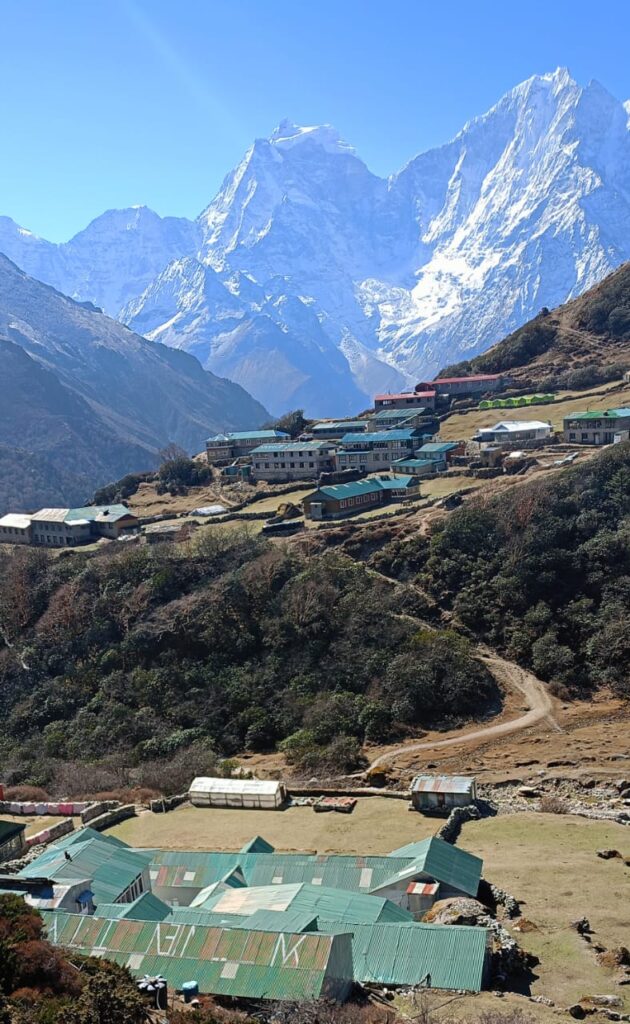
Foods and Festivals of Sherpa Culture in Nepal
Meals are simple on daily life of Sherpa communities but serves lavish foods of different varieties on main big occasions and festivals, the basic meal is Sampa (roasted flour from buckwheat, wheat or barley sometimes millets) taken in a wooden shiny bowl consumed with strange Sherpa or Tibetan salted tea a mixture of special tea, butter, milk added with rock salt.
Besides Sampa porridge, noodles fry or with soup are common meals also called Tengthuk or Sherpa Stew, where all available vegetables, noodles with soup and meats are also added, next comes Momo a dumpling contains either vegetables or meat products.
Other foods are Sherpa pancake made from flour, mashed potato added with shredded yak cheese and butter adding hot chilies.
Main festivals of Sherpa Losar a new year as per Tibetan Buddhism calendar follows cycles of 12 animals at present 2019 it’s a hog/pig year celebration takes place in village square, monasteries and at home exchanging greetings among friends and family a lively time in Losar falls around January or in February till early march as per the auspicious date marked by priests.
Besides Losar various occasion to celebrate all linked with Buddhism religion and cultures includes famous colorful Mani-Rimdu festival held on different seasons of various monasteries of Solu and Khumbu, where the main one takes place in Tengboche Monastery around high Khumbu of Everest region falls in October or November as per Buddhist calendar.

